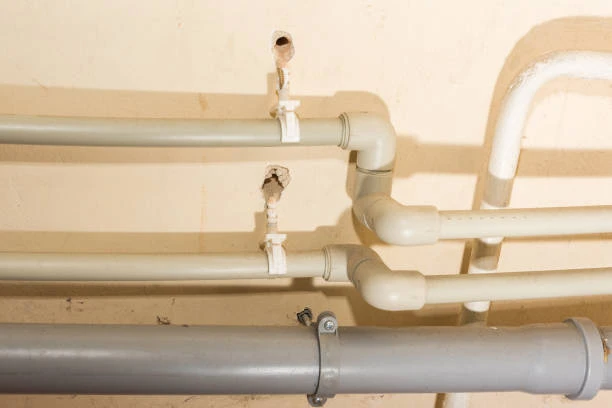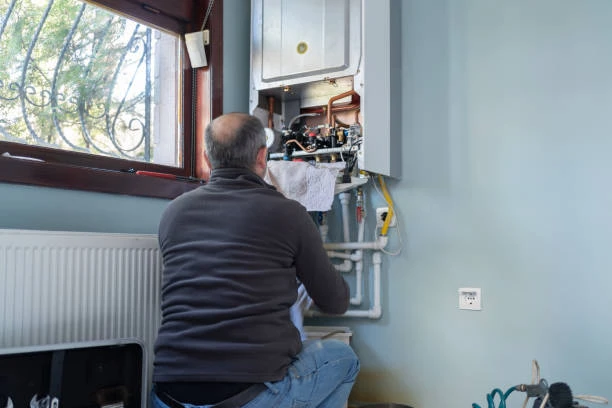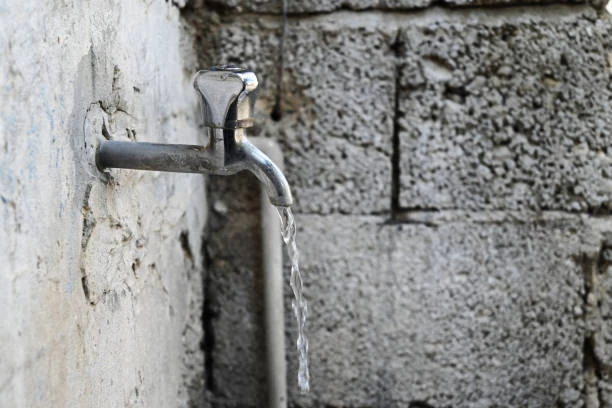
Introduction: How Copper Ball Valves Support Sustainability
With the growing need for energy efficiency and environmentally responsible engineering, copper ball valves have emerged as a key component in sustainable plumbing and HVAC systems. While materials like plastic and products such as pex gate valve are widely used, copper ball valves stand out for their durability, thermal resistance, and long service life—all of which contribute to lower energy consumption and waste over time.
This article explains how copper ball valves play a vital role in energy conservation across different industries. We’ll cover their features, applications, buying tips, installation advice, and how they compare to plastic alternatives, helping engineers and property owners make informed, eco-friendly decisions.
Frequently Asked Questions (FAQ)
1. What role do copper ball valves play in energy conservation?
Copper ball valves reduce heat loss and improve system sealing, which prevents energy waste and contributes to efficient operation in heating and cooling systems.
2. Are copper ball valves more sustainable than pex gate valves?
Yes. Copper valves have a longer service life and are fully recyclable, whereas many plastic valves degrade faster and are not as easily recycled.
3. Where are copper ball valves typically used?
They are found in heating systems, water supply networks, air conditioning systems, and industrial automation setups that prioritise performance and reliability.
4. How do copper ball valves reduce maintenance needs?
Thanks to their resistance to corrosion and wear, they require fewer replacements or repairs, saving energy and material resources in the long run.
5. Are copper ball valves safe for drinking water systems?
Absolutely. High-quality copper valves meet international safety and hygiene standards, making them suitable for potable water applications.
What Are Copper Ball Valves? Key Features and Construction
Copper ball valves are mechanical devices that control the flow of liquids or gases through a system using a spherical ball with a central hole. Turning the valve handle rotates the ball, aligning the hole with the flow path for an open position or blocking it for a closed one.
Notable Features:
High Heat Tolerance
Copper ball valves perform reliably in systems handling hot water or steam.Corrosion Resistance
Copper and brass alloys resist internal corrosion, particularly in chemically balanced water.Smooth Internal Design
Allows full-bore flow, reducing pressure loss and energy required to move fluids.Precise Control
Offers tight shut-off, preventing leaks and ensuring efficient system performance.Recyclability
At the end of their life, copper valves can be fully recycled, supporting circular manufacturing models.
These features make copper ball valves an essential part of environmentally conscious infrastructure.
Typical Uses and Application Industries
Copper ball valves are widely used in systems where control, efficiency, and long-term reliability are essential. Their versatility allows them to function in domestic, commercial, and industrial contexts.
Common Applications:
Heating Systems
Used to regulate hot water circulation in underfloor heating and radiator networks.Plumbing Installations
Control water flow in residential and commercial buildings, especially near water heaters and distribution points.HVAC Systems
Support air conditioning and ventilation systems by enabling fluid control in high-pressure environments.Solar Water Heating
Essential in regulating heat transfer fluids in solar thermal systems.Industrial Automation
Control steam, gas, and cooling fluids in energy-intensive manufacturing sectors.
In contrast, pex gate valve products may be used in low-pressure PEX plumbing systems, but lack the thermal and mechanical resilience for heavy-duty or long-term environmental performance.
Copper Ball Valve Buying Guide: What to Look For
To choose the most suitable copper ball valve for sustainable energy use, buyers should evaluate several important factors:
1. Material Quality
Select valves made from lead-free brass or certified copper alloys. DZR (Dezincification Resistant) brass is ideal for high-moisture environments.
2. Connection Type
Ensure compatibility with your piping system. Available connection types include threaded, soldered, compression, and press-fit.
3. Valve Size and Pressure Rating
Check the working pressure and bore size. Full-bore valves reduce flow resistance, helping conserve pump energy.
4. Handle Material and Coating
Look for insulated or ergonomically designed handles with corrosion-resistant coatings for longer outdoor use.
5. Certifications
Choose valves that comply with ISO, ASTM, or EN standards for safety, hygiene, and energy performance.
A thoughtful selection ensures your valve contributes positively to system efficiency and longevity.
Installation Advice: Ensuring Optimal Performance
Correct installation is vital for copper ball valves to function effectively and contribute to energy conservation.
Installation Tips:
Clean Pipes Thoroughly
Remove all debris and flux before installation to prevent internal corrosion or blockages.Avoid Excessive Heat
During soldering, direct flame away from valve seals to avoid damage.Use Suitable Sealants
For threaded valves, use PTFE tape or approved thread sealant for leak-free joints.Ensure Accessibility
Install valves in accessible locations for periodic inspection and maintenance.Test the System
After installation, pressure-test the system to ensure leak-free performance.
By following these guidelines, you not only extend valve life but also improve the energy performance of the entire system.
Copper Ball Valves vs Plastic Valves: A Comparative Overview
| Feature | Copper Ball Valve | PEX Gate Valve (Valve Plastic) |
|---|---|---|
| Material | Brass or copper alloy | Plastic (usually PP or PVC-based) |
| Thermal Resistance | Excellent – up to 200°C+ | Moderate – usually below 95°C |
| Durability | Long service life (15–25 years) | Shorter lifespan (5–10 years) |
| Environmental Impact | Recyclable; low long-term waste | Limited recyclability; higher replacement rate |
| Pressure Tolerance | Suitable for high-pressure systems | Limited to lower pressure ranges |
| Automation Compatibility | Compatible with actuator systems | Rarely actuator-compatible |
| Leak Prevention | Excellent sealing | Can deform or leak under stress |
| Cost | Higher initial cost | Lower upfront cost |
| Application Range | Suitable for complex and energy-critical systems | Ideal for basic plumbing tasks |
Though pex gate valve products serve well in low-pressure residential plumbing, copper ball valves offer clear advantages in terms of longevity, strength, and environmental value—especially when energy conservation is a priority.
Conclusion: A Greener Future with Copper Ball Valves
Copper ball valves do more than control fluid—they actively support energy conservation and environmental goals. Their strong thermal properties, recyclability, and long service life help reduce energy loss, maintenance costs, and material waste over time.
In today’s push toward sustainable development, these valves are a smart, eco-conscious choice for everything from residential heating systems to complex industrial operations. While products like pex gate valve serve specific use cases, copper valves offer superior environmental contributions in energy-efficient applications.
Choosing copper ball valves is not only a technical decision but also an environmental one—supporting greener infrastructure and reducing your carbon footprint.
Connect
IFNS is a leading Chinese manufacturer with over 30 years of experience in producing copper valves, plastic valves, fittings, and piping systems. Whether you’re looking for eco-friendly pex gate valve options or premium copper solutions for heating and water systems, IFNS has the right products to match your project needs.
Contact IFNS:
Our team is ready to support your technical questions and supply needs. We reply to all enquiries within 24 hours.
IFNS Products and International Standards
IFNS’s entire product line meets an extensive list of international standards to ensure quality, safety, and energy efficiency:
ISO 15874, EN 15874, ASTM F2389, DIN 8077/8078, GB/T 18742, NBR 15884, ISO 15494, EN ISO 15494, GB/T 19472, ASTM 2846, ASTM D1785 SCH40/SCH80, CSA B137.3, AS/NZS 1477, JIS K6741, and many more.
These certifications guarantee that IFNS valves and fittings perform reliably in energy-efficient systems worldwide.









